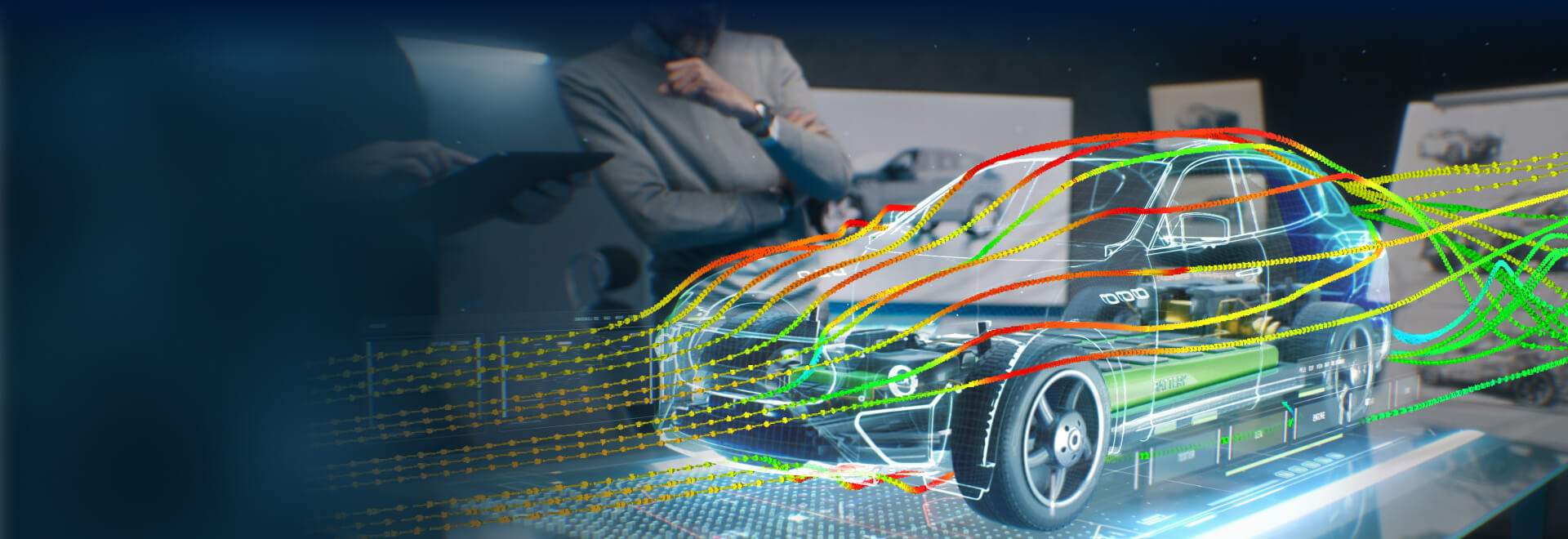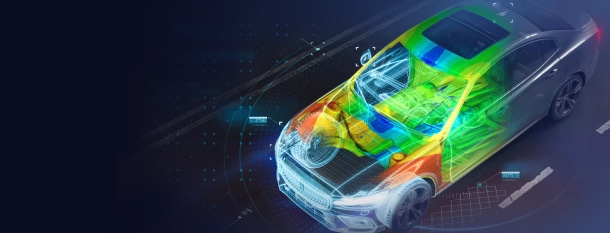Demand Background
In breeding houses, the thermal environment is complex and influenced by temperature, humidity, airflow, thermal radiation, etc., which directly affects the body heat regulation of pigs, thereby affecting their growth. That means creating an excellent indoor breeding environment can effectively improve the growth of pigs and increase the economic benefits of pig-raising enterprises. Compared with traditional breeding environment design which mainly relies on theory and experience but lacks verification, digital simulation technology can conveniently and quickly display the temperature distribution, airflow, and other information in the breeding environment, optimizing the ventilation design and ventilation equipment selection of the breeding pig house. Since flow, temperature, humidity, and thermal radiation are all involved in the simulation, it places higher demands on the maturity of simulation software and the application level of researchers’ simulation technology.
Solution
Guangxi Yangxiang Co., Ltd. has developed a modernized pig house ventilation and cooling simulation app based on Simdroid, which can automatically generate models and calculation reports by just inputting design parameters of the pig house building and environmental parameters. In different stages, such as the design and planning of pig house ventilation, daily operation, expansion, and optimization, the app can be used to simulate the ventilation and heat dissipation conditions inside the pig house and carry out scientific and efficient assessment and analysis of the thermal environment, which can assist in the improvement of the design of the ventilation structure of the pig house, the selection of ventilation equipment, and the evaluation of the seasonal environmental changes in the ventilation program.
The app is provided with the function of geometrical modeling pigs/people and pig house, and setting the ventilation air velocity, ventilation temperature, external temperature, and heating power of pigs/people for different seasons.

The results of airflow traces, velocity vectors, pig surface temperature, velocity cloud, and temperature cloud can be obtained through meshing process, parameter setting, and simulation calculation of the model.
Future Applications
The simulation app can be widely used in the design and optimization of the ventilation environment of all kinds of livestock breeding buildings. Through the digital simulation and analysis management system, researchers and developers can quickly and efficiently complete the prediction and improvement of the indoor flow field and temperature field in the breeding room, thus realizing the precise control of the temperature/humidity of the breeding building, improving the utilization rate of the feed and the growth and development level of the livestock, scaling down the cost of labor, and effectively reducing the industrial Costs. After the app is further developed, it will be applicable to all scenarios involving building ventilation and heat dissipation simulation, such as agricultural greenhouses, urban outflow fields, and office environments.







